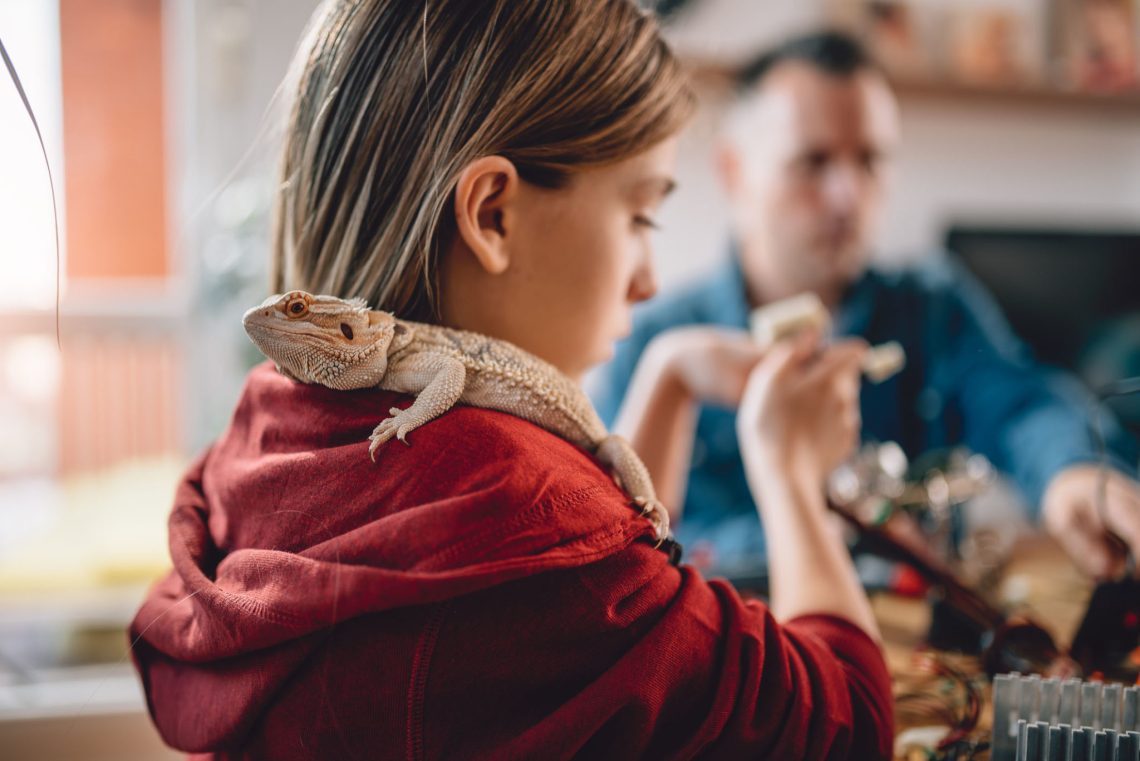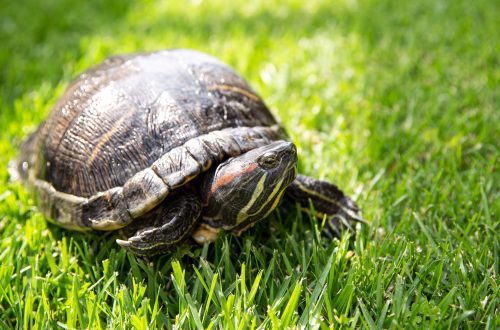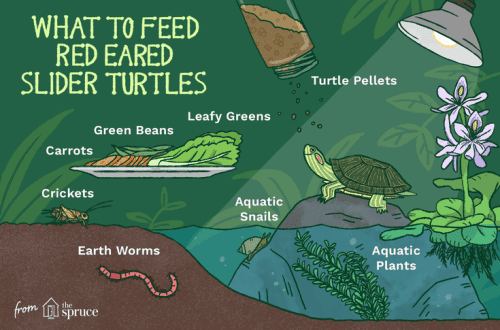
Igba melo ni o ti ronu nipa gbigba ẹran-ara kan?
Let’s think again.
As the saying goes, measure twice and cut once. The choice of a pet should be approached as consciously as possible. Far from always, if you want to get even a cat and a dog, a person thinks about how much time, money, attention, space, and so on the pet requires, and as for reptiles, this occurs many times more often. The price of many cold-blooded pets is not so high and people are often led by an unusual appearance and a momentary desire to have this miracle at home.
But stop!
Stop and weigh everything thoroughly. This article will outline some of the difficulties you may encounter. And if all of the following is not a problem for you and you are quite ready, then you can make a choice.
You need to prepare financially and intellectually for the appearance of a new “household”. It is advisable to do this before buying a reptile. Now there is no need to rummage through the library and look for meetings with herpetologists, the information is available on the Internet. It is better to look for sites that you can really trust. And there are no excuses that you are getting a “ordinary turtle”, reptiles are cold-blooded creatures and their habitats and life characteristics are fundamentally different from long-domesticated cats and dogs. You do not start a toy for a child, but a completely living complex creature, with its individual needs.
And since each species capriciously requires certain conditions that are as close as possible to the natural ones from which they were taken (even if it is not a natural, but an animal raised in captivity), it is extremely important to know the nuances of the conditions in the terrarium.
A fully equipped terrarium will replace a piece of native land for your pet. It is necessary, and with individual parameters of humidity, temperature, level of ultraviolet radiation, scenery and soil for each species. Very often, such a complete terrarium costs many times more than the reptile itself. You need to be prepared for such expenses in advance and before bringing a reptile home, it is better to first purchase everything you need. It is better to spend an evening looking for information about a future new pet than to trust sometimes negligent sellers. And do not forget that reptiles grow and the size of the small “dinosaur” you buy can differ significantly from an adult. Therefore, the size of the terrarium will have to be increased. And large views can thus “grab” most of the room from you. Therefore, evaluate how big the “purchase” will grow, and what size terrarium she will need. If you are not ready to sacrifice such a significant living space, then opt for smaller species. For example, geckos are peaceful and can get by with small volumes of a terrarium, but the red-eared turtle (often sold as “decorative”) will grow up to 30 cm and “require” a spacious “living space”. The same with the green iguana: a small lizard will eventually turn into a 1,5 meter reptile, and a terrarium for a pet of this size may be completely out of place in your room. Most reptiles are also territorial animals, and at one point it may turn out that two turtles are fighting among themselves, causing serious injuries, or the male terrorizes the female during the rut. There are a lot of such examples, so when buying several representatives, be prepared for their unfriendly neighborhood, the way out of which is to seat them in different (fully stocked!) terrariums.
It is also necessary to know and remember that, like all living things, reptiles can get sick. Therefore, it is better to assess in advance whether there is a veterinarian in your city specializing specifically in such animals, since a doctor who deals exclusively with warm-blooded animals may not only be unable to help you, but often unknowingly harm a sick pet. Not all cities have proven specialists, and reptiles get sick at least as often as cats and dogs. Young animals are especially susceptible to various diseases. Very often, diseases manifest themselves in the form of clinical signs already at a late stage of the disease, treatment is long, not always cheap and not always with a favorable outcome. It is also worth taking care of such moments and spending on veterinary services and be prepared in advance.
Ikadii:
- You need to be puzzled by finding verified information about the desired type of reptile, about veterinary care for reptiles in your city.
- Evaluate whether there is enough space for a terrarium with an adult reptile in your apartment.
- Prepare a terrarium appropriate to the needs of the species.
The next question is a matter of time. You should not test the responsibility of the child by buying him a turtle. Although you can, of course, check, but if he fails the test, then you will have to take all the care and care. Often children do not have the necessary knowledge, skills, accuracy and caution. This can harm not only the reptile, but also the child himself. Herpetology is still a hobby for adults (or for very responsible, enthusiastic teenagers), and not a game at all. Despite your busyness, you will need to feed the pet, clean and wash the terrarium, monitor the level of humidity and heating, and monitor the health and condition of the pet.
So
4. Do you have enough time, initiative and desire to care for a reptile?
Next moment:
5. Will it be safe to live with a reptile?
In the conditions of an apartment, reptiles face many dangers, especially for those who are allowed to walk around the apartment freely by the owners. These are all kinds of injuries, and inadvertently swallowed foreign objects and possible drafts. With extreme caution, you should approach walking a reptile in a house where there are other animals: dogs, cats, ferrets. For them, a lizard or turtle is an outlandish toy or prey. Small children can also injure the pet, and the pet, in turn, can bite and scratch the baby. In addition, reptiles are carriers of salmonellosis, so the rules of personal hygiene after contact with a reptile, especially children, must be approached strictly.
There are serious reptiles capable of injuring an adult, despite the fact that this is their familiar owner. It is difficult to predict the course of thought of these ancient creatures. The bites of large lizards, snakes (even non-venomous), predatory turtles are very noticeable, often become inflamed and heal for a long time. Therefore, you should not experiment and start a crocodile in the hope that he will grow up kind and affectionate. It is not clear with what character a large snake will come across, and with what foot the predatory trionics got up today.
6. Where can I get food?
Well, in conclusion, let’s talk about feeding, especially for predatory species. You immediately need to think about where you will take food. Got a snake – be prepared to feed it rodents (with minor deviations from this in some species that feed on fish, amphibians). The snake is, of course, very beautiful and original, but is there enough willpower to feed her prey. Will this be a shock to you or, say, to your child? Many species of reptiles feed on insects. You need to find where in the city you can get the food you need without interruption. Or maybe decide to grow a forage base at home? Most often, crickets are grown for insectivorous representatives. There are also several types of cockroaches. Therefore, be prepared that, as a bonus to a cute chameleon, for example, cute crickets, cockroaches and other representatives of not quite domestic “favorites” will always live in the house, not always and not for everyone. And if you decide to breed insects for food yourself, then for this you will also have to find information on the content, allocate a place where insects or even rodents will live.
All this is worth thinking about before buying a pet. And if in front of all the questions, you can confidently put a plus, then feel free to choose the long-awaited pet.





